We were still in Austin when Persephone began her journey back from Hades to return to her grieving mother, so we missed the earliest signs celebrating the end of winter on the Pelion.
Winters here are typically mild with very occasional snowfall and rarely any frost, but the rainfall can be heavy and this past winter it certainly was. No complaints at all as we really needed it; many springs had dried up during the previous summer, causing considerable difficulty for those who depend upon them for their water supply.
The ancients would have attributed this generous rainfall to Zeus, god of rain, who reigned supreme on Mt Olympus. Good of him to spare the time from his lusty pursuit of young maidens! His daughter, Persephone, surely appreciated it for the wildflowers have done her proud, happy as we all are to welcome her back.
Greece is renowned for her wildflowers, and deservedly so for they are spectacular, not only in their beauty but also in their variety.
Habitats are many and diverse: sandy coastlines, pastureland and scrub, rocky ravines, wooded highlands and craggy mountains, saltwater, freshwater, well-watered lands and dry, wind-lashed and tightly sheltered, all with their particular plants adapted through the aeons to their conditions.
Man’s influence has inevitably been enormous. The maquis, which might at first glance seem untouched by man’s activities, will almost without exception have been affected in some way by previous populations and their lifestyles, stretching back into antiquity. The mountains of the Pelion region were once dense with native hardwoods; today only comparatively minute forested areas remain. Man is an innovative creature and where there is something – whatever it may be – to his advantage, he will make use of it.
Greece is a paradise for botanists professional and amateur alike, who may be seen, notebook in hand, hiking enthusiastically about as they spot and document plants. Several species are unique, found only in one particular location, such as an island. Many plants are rare, threatened, on the verge of extinction, others have already vanished, identified only in old engravings and drawings, the regrettable result of man’s impact on the environment.
Wildflowers of varying types appear throughout the year; some are tiny, almost invisible, others stand tall. Colour! Colour! Colour! The bees are frantically busy, knowing that warm days will inevitably end, while the beekeepers carefully tend their hives, moving them about to take advantage of the best nectar. Pelion honey, infused with flavour fit for the gods, is much sought after.
Spring and summer flowers retire, their seeds and bulbs lying peacefully dormant until Persephone calls to them again. Autumn arrives, throwing down dense carpets of cyclamen, welcoming the approach of winter, much as local residents roll out their rugs and kilims in preparation for the cool damp days ahead when more time must be spent indoors.
Look closely, remembering that the photos will enlarge when you click on them, and in some of the photos you’ll spot bugs, bees, butterflies buzzing busily in the abundance! The cycle continues as birds and other wildlife feed, thus ensuring seed dispersal, and preparing the way for Persephone to return in all her ageless beauty.

![P1000193 [HDTV (720)]](http://chasingcentaurs.com/wp-content/uploads/2015/05/P1000193-HDTV-720.jpg)
![P1260979 [HDTV (1080)]](http://chasingcentaurs.com/wp-content/uploads/2015/05/P1260979-HDTV-1080-1024x484.jpg)
![P1260966 [HDTV (1080)]](http://chasingcentaurs.com/wp-content/uploads/2015/05/P1260966-HDTV-1080-1024x533.jpg)
![P1260961 [HDTV (1080)]](http://chasingcentaurs.com/wp-content/uploads/2015/05/P1260961-HDTV-1080-1024x523.jpg)
![P1260950 [HDTV (1080)]](http://chasingcentaurs.com/wp-content/uploads/2015/05/P1260950-HDTV-1080-1024x496.jpg)
![P1260948 [HDTV (1080)]](http://chasingcentaurs.com/wp-content/uploads/2015/05/P1260948-HDTV-1080-1024x656.jpg)
![P1260942 [HDTV (1080)]](http://chasingcentaurs.com/wp-content/uploads/2015/05/P1260942-HDTV-1080-1024x569.jpg)
![P1260924 [HDTV (1080)]](http://chasingcentaurs.com/wp-content/uploads/2015/05/P1260924-HDTV-1080-1024x581.jpg)
![P1260921 [HDTV (1080)]](http://chasingcentaurs.com/wp-content/uploads/2015/05/P1260921-HDTV-1080-1024x540.jpg)
![P1260826 [HDTV (1080)]](http://chasingcentaurs.com/wp-content/uploads/2015/05/P1260826-HDTV-1080-1024x561.jpg)
![P1260711 [HDTV (1080)]](http://chasingcentaurs.com/wp-content/uploads/2015/05/P1260711-HDTV-1080-1024x562.jpg)
![P1260708 [HDTV (1080)]](http://chasingcentaurs.com/wp-content/uploads/2015/05/P1260708-HDTV-1080-1024x560.jpg)
![P1260550 [HDTV (1080)]](http://chasingcentaurs.com/wp-content/uploads/2015/05/P1260550-HDTV-1080-1024x562.jpg)
![P1130518 [1024x768]](http://chasingcentaurs.com/wp-content/uploads/2015/05/P1130518-1024x768-300x152.jpg)
![P1010277 [HDTV (720)]](http://chasingcentaurs.com/wp-content/uploads/2015/05/P1010277-HDTV-720-300x185.jpg)
![P1010268 [HDTV (720)]](http://chasingcentaurs.com/wp-content/uploads/2015/05/P1010268-HDTV-720-300x155.jpg)
![P1010267 [HDTV (720)]](http://chasingcentaurs.com/wp-content/uploads/2015/05/P1010267-HDTV-720-300x169.jpg)
![P1010257 [HDTV (720)]](http://chasingcentaurs.com/wp-content/uploads/2015/05/P1010257-HDTV-720-300x176.jpg)
![P1010255 [HDTV (720)]](http://chasingcentaurs.com/wp-content/uploads/2015/05/P1010255-HDTV-720-1024x412.jpg)
![P1010065 [HDTV (720)]](http://chasingcentaurs.com/wp-content/uploads/2015/05/P1010065-HDTV-720-1024x457.jpg)
![P1010002 [HDTV (720)]](http://chasingcentaurs.com/wp-content/uploads/2015/05/P1010002-HDTV-720-300x177.jpg)
![P1000987 [HDTV (720)]](http://chasingcentaurs.com/wp-content/uploads/2015/05/P1000987-HDTV-720-300x171.jpg)
![P1000924 [HDTV (720)]](http://chasingcentaurs.com/wp-content/uploads/2015/05/P1000924-HDTV-720-300x172.jpg)
![P1000612 [HDTV (720)]](http://chasingcentaurs.com/wp-content/uploads/2015/05/P1000612-HDTV-720-300x149.jpg)
![P1000611 [HDTV (720)]](http://chasingcentaurs.com/wp-content/uploads/2015/05/P1000611-HDTV-720-300x154.jpg)
![P1000460 [HDTV (720)]](http://chasingcentaurs.com/wp-content/uploads/2015/05/P1000460-HDTV-720-300x154.jpg)
![P1220139 [HDTV (1080)]A](http://chasingcentaurs.com/wp-content/uploads/2015/05/P1220139-HDTV-1080A-1024x642.jpg)
![P1000457 [HDTV (720)]](http://chasingcentaurs.com/wp-content/uploads/2015/05/P1000457-HDTV-720-300x142.jpg)
![P1000454 [HDTV (1080)] [HDTV (720)]](http://chasingcentaurs.com/wp-content/uploads/2015/05/P1000454-HDTV-1080-HDTV-720-300x145.jpg)
![P1000243 [HDTV (720)]](http://chasingcentaurs.com/wp-content/uploads/2015/05/P1000243-HDTV-720-300x139.jpg)
![P1000236 [HDTV (720)]](http://chasingcentaurs.com/wp-content/uploads/2015/05/P1000236-HDTV-720-300x166.jpg)
![P1000231 [HDTV (720)]](http://chasingcentaurs.com/wp-content/uploads/2015/05/P1000231-HDTV-720-1024x587.jpg)
![P1000219 [HDTV (720)]](http://chasingcentaurs.com/wp-content/uploads/2015/05/P1000219-HDTV-720-300x134.jpg)
![P1010602 [DVD (NTSC)] [HDTV (720)]](http://chasingcentaurs.com/wp-content/uploads/2015/05/P1010602-DVD-NTSC-HDTV-720-300x132.jpg)
![P1010574 [HDTV (720)]](http://chasingcentaurs.com/wp-content/uploads/2015/05/P1010574-HDTV-720-300x222.jpg)
![P1000205 [HDTV (720)]](http://chasingcentaurs.com/wp-content/uploads/2015/05/P1000205-HDTV-720-300x153.jpg)
![P1000194 [HDTV (1080)] [HDTV (720)]](http://chasingcentaurs.com/wp-content/uploads/2015/05/P1000194-HDTV-1080-HDTV-720-300x166.jpg)
![P1000190 [HDTV (720)]](http://chasingcentaurs.com/wp-content/uploads/2015/05/P1000190-HDTV-720-300x183.jpg)
![P1000185 [HDTV (720)]](http://chasingcentaurs.com/wp-content/uploads/2015/05/P1000185-HDTV-720-300x168.jpg)
![P1000181 [HDTV (720)]](http://chasingcentaurs.com/wp-content/uploads/2015/05/P1000181-HDTV-720-300x175.jpg)
![P1000165 [HDTV (720)]](http://chasingcentaurs.com/wp-content/uploads/2015/05/P1000165-HDTV-720-300x183.jpg)
![P1000162 [HDTV (720)]](http://chasingcentaurs.com/wp-content/uploads/2015/05/P1000162-HDTV-720-300x155.jpg)
![L1000883 [HDTV (720)]](http://chasingcentaurs.com/wp-content/uploads/2015/05/L1000883-HDTV-720-300x149.jpg)
![IMG_3144 [HDTV (720)]](http://chasingcentaurs.com/wp-content/uploads/2015/05/IMG_3144-HDTV-720-300x153.jpg)
![Bug7 [HDTV (720)]](http://chasingcentaurs.com/wp-content/uploads/2015/05/Bug7-HDTV-720-300x145.jpg)
![Bug2 [HDTV (720)]](http://chasingcentaurs.com/wp-content/uploads/2015/05/Bug2-HDTV-720-300x155.jpg)
![AnotherFlower [HDTV (720)]](http://chasingcentaurs.com/wp-content/uploads/2015/05/AnotherFlower-HDTV-720-300x188.jpg)
![P1260290 [HDTV (1080)] [1024x768]](http://chasingcentaurs.com/wp-content/uploads/2015/03/P1260290-HDTV-1080-1024x768-1024x629.jpg)
![P1260289 [HDTV (1080)] [1024x768]](http://chasingcentaurs.com/wp-content/uploads/2015/03/P1260289-HDTV-1080-1024x768.jpg)
![P1260291 [HDTV (1080)] [1024x768]](http://chasingcentaurs.com/wp-content/uploads/2015/03/P1260291-HDTV-1080-1024x768-1024x727.jpg)
![P1260292 [HDTV (1080)] [1024x768]](http://chasingcentaurs.com/wp-content/uploads/2015/03/P1260292-HDTV-1080-1024x768-1024x648.jpg)
![P1260294 [HDTV (1080)] [1024x768]](http://chasingcentaurs.com/wp-content/uploads/2015/03/P1260294-HDTV-1080-1024x768-1024x694.jpg)
![P1260288 [HDTV (1080)] [1024x768]](http://chasingcentaurs.com/wp-content/uploads/2015/03/P1260288-HDTV-1080-1024x768-1024x607.jpg)
![P1260295 [HDTV (1080)] [1024x768]](http://chasingcentaurs.com/wp-content/uploads/2015/03/P1260295-HDTV-1080-1024x768-1024x727.jpg)
![P1020662 [HDTV (720)] [1024x768]](http://chasingcentaurs.com/wp-content/uploads/2014/12/P1020662-HDTV-720-1024x768.jpg)
![P1020663 [HDTV (720)] [1024x768]](http://chasingcentaurs.com/wp-content/uploads/2014/12/P1020663-HDTV-720-1024x768.jpg)
![P1020669 [HDTV (720)] [1024x768]](http://chasingcentaurs.com/wp-content/uploads/2014/12/P1020669-HDTV-720-1024x768.jpg)
![117-1748_IMG [HDTV (721) [1024x768]](http://chasingcentaurs.com/wp-content/uploads/2014/12/117-1748_IMG-HDTV-721-1024x768.jpg)
![119-1952_IMG [HDTV (721) [1024x768]](http://chasingcentaurs.com/wp-content/uploads/2014/12/119-1952_IMG-HDTV-721-1024x768.jpg)
![P1170593 [HDTV (1080)] [1024x768]](http://chasingcentaurs.com/wp-content/uploads/2014/12/P1170593-HDTV-1080-1024x768.jpg)
![P1170594 [HDTV (1080)] [1024x768]](http://chasingcentaurs.com/wp-content/uploads/2014/12/P1170594-HDTV-1080-1024x768.jpg)
![P1170605 [HDTV (1080)] [1024x768]](http://chasingcentaurs.com/wp-content/uploads/2014/12/P1170605-HDTV-1080-1024x768.jpg)
![P1020653 [HDTV (720)] [1024x768]](http://chasingcentaurs.com/wp-content/uploads/2014/12/P1020653-HDTV-720-1024x768.jpg)
![P1020667 [HDTV (720)] [1024x768]](http://chasingcentaurs.com/wp-content/uploads/2014/12/P1020667-HDTV-720-1024x768.jpg)
![126-2691_IMG [HDTV (721) [1024x768]](http://chasingcentaurs.com/wp-content/uploads/2014/12/126-2691_IMG-HDTV-721-1024x768.jpg)
![P1250028 [HDTV (1080)] [1024x768]](http://chasingcentaurs.com/wp-content/uploads/2014/12/P1250028-HDTV-1080-1024x768.jpg)
![P1020666 [HDTV (1080)] [HDTV (720)] [1024x768]](http://chasingcentaurs.com/wp-content/uploads/2014/12/P1020666-HDTV-1080-HDTV-720-1024x768.jpg)
![Scan3 [1024x768]](http://chasingcentaurs.com/wp-content/uploads/2014/12/Scan3-1024x768.jpg)
![Scan4 [1024x768]](http://chasingcentaurs.com/wp-content/uploads/2014/12/Scan4-1024x768.jpg)
![P1020475 [HDTV (720)] [1024x768]](http://chasingcentaurs.com/wp-content/uploads/2014/12/P1020475-HDTV-720-1024x768.jpg)
![P1020471 [HDTV (720)] [1024x768]](http://chasingcentaurs.com/wp-content/uploads/2014/12/P1020471-HDTV-720-1024x768.jpg)
![P1020476 [HDTV (720)] [1024x768]](http://chasingcentaurs.com/wp-content/uploads/2014/12/P1020476-HDTV-720-1024x768.jpg)
![P1240180 [HDTV (1080)] [1024x768]](http://chasingcentaurs.com/wp-content/uploads/2014/11/P1240180-HDTV-1080-1024x768.jpg)
![P1240162 [HDTV (1080)] [1024x768]](http://chasingcentaurs.com/wp-content/uploads/2014/11/P1240162-HDTV-1080-1024x768.jpg)
![P1240146 [HDTV (1080)] [1024x768]](http://chasingcentaurs.com/wp-content/uploads/2014/11/P1240146-HDTV-1080-1024x768.jpg)
![56971_18 [1024x768]](http://chasingcentaurs.com/wp-content/uploads/2014/11/56971_18-1024x768.jpg)

![P1230948 [HDTV (1080)] [1024x768]](http://chasingcentaurs.com/wp-content/uploads/2014/11/P1230948-HDTV-1080-1024x768.jpg)
![Mosaic [1024x768]](http://chasingcentaurs.com/wp-content/uploads/2014/11/Mosaic-1024x768.jpg)
![P1240015 [HDTV (1080)] [1024x768]](http://chasingcentaurs.com/wp-content/uploads/2014/11/P1240015-HDTV-1080-1024x768.jpg)
![P1230975 [HDTV (1080)] [1024x768]](http://chasingcentaurs.com/wp-content/uploads/2014/11/P1230975-HDTV-1080-1024x768.jpg)
![P1230960 [HDTV (1080)] [1024x768]](http://chasingcentaurs.com/wp-content/uploads/2014/11/P1230960-HDTV-1080-1024x768.jpg)
![P1240017 [HDTV (1080)] [1024x768]](http://chasingcentaurs.com/wp-content/uploads/2014/11/P1240017-HDTV-1080-1024x768.jpg)
![P1230967 [HDTV (1080)] [1024x768]](http://chasingcentaurs.com/wp-content/uploads/2014/11/P1230967-HDTV-1080-1024x768.jpg)
![IMGP4264A [1024x768]](http://chasingcentaurs.com/wp-content/uploads/2014/11/IMGP4264A-1024x768.jpg)
![P1230565 [HDTV (1080)] [1024x768]](http://chasingcentaurs.com/wp-content/uploads/2014/10/P1230565-HDTV-1080-1024x768.jpg)
![P1230548 [HDTV (1080)] [1024x768]](http://chasingcentaurs.com/wp-content/uploads/2014/10/P1230548-HDTV-1080-1024x768.jpg)
![P1230551 [HDTV (1080)] [1024x768]](http://chasingcentaurs.com/wp-content/uploads/2014/10/P1230551-HDTV-1080-1024x768.jpg)
![P1070402 [HDTV (1080)] [1024x768]](http://chasingcentaurs.com/wp-content/uploads/2014/10/P1070402-HDTV-1080-1024x768.jpg)
![P1070409 [HDTV (1080)] [1024x768]](http://chasingcentaurs.com/wp-content/uploads/2014/10/P1070409-HDTV-1080-1024x768.jpg)
![P1070389 [HDTV (1080)] [1024x768]](http://chasingcentaurs.com/wp-content/uploads/2014/10/P1070389-HDTV-1080-1024x768.jpg)
![P1070405 [HDTV (1080)] [1024x768]](http://chasingcentaurs.com/wp-content/uploads/2014/10/P1070405-HDTV-1080-1024x768.jpg)
![P1230462 [HDTV (1080)] [1024x768]](http://chasingcentaurs.com/wp-content/uploads/2014/10/P1230462-HDTV-1080-1024x768.jpg)
![P1230452 [HDTV (1080)] [1024x768]](http://chasingcentaurs.com/wp-content/uploads/2014/10/P1230452-HDTV-1080-1024x768.jpg)
![P1230568 [HDTV (1080)] [1024x768]](http://chasingcentaurs.com/wp-content/uploads/2014/10/P1230568-HDTV-1080-1024x768.jpg)
![P1230457 [HDTV (1080)] [1024x768]](http://chasingcentaurs.com/wp-content/uploads/2014/10/P1230457-HDTV-1080-1024x768.jpg)
![P1230460 [HDTV (1080)] [1024x768]](http://chasingcentaurs.com/wp-content/uploads/2014/10/P1230460-HDTV-1080-1024x768.jpg)
![P1230459 [HDTV (1080)] [1024x768]](http://chasingcentaurs.com/wp-content/uploads/2014/10/P1230459-HDTV-1080-1024x768.jpg)
![P1230493A [1024x768]](http://chasingcentaurs.com/wp-content/uploads/2014/10/P1230493A-1024x768.jpg)
![IMGP4070 [HDTV (1080)] [1024x768]](http://chasingcentaurs.com/wp-content/uploads/2014/10/IMGP4070-HDTV-1080-1024x768.jpg)
![P1230234 [HDTV (1080)] [1024x768]](http://chasingcentaurs.com/wp-content/uploads/2014/10/P1230234-HDTV-1080-1024x768.jpg)
![P1230232 [HDTV (1080)] [1024x768]](http://chasingcentaurs.com/wp-content/uploads/2014/10/P1230232-HDTV-1080-1024x768.jpg)
![P1230216 [HDTV (1080)] [1024x768]](http://chasingcentaurs.com/wp-content/uploads/2014/10/P1230216-HDTV-1080-1024x768.jpg)
![IMGP4034 [HDTV (1080)] [1024x768]](http://chasingcentaurs.com/wp-content/uploads/2014/10/IMGP4034-HDTV-1080-1024x768.jpg)
![P1230146 [HDTV (1080)] [1024x768]](http://chasingcentaurs.com/wp-content/uploads/2014/10/P1230146-HDTV-1080-1024x768.jpg)
![P1230204 [HDTV (1080)] [1024x768]](http://chasingcentaurs.com/wp-content/uploads/2014/10/P1230204-HDTV-1080-1024x768.jpg)
![IMGP4064 [HDTV (1080)] [1024x768]](http://chasingcentaurs.com/wp-content/uploads/2014/10/IMGP4064-HDTV-1080-1024x768.jpg)
![IMGP4060 [HDTV (1080)] [1024x768]](http://chasingcentaurs.com/wp-content/uploads/2014/10/IMGP4060-HDTV-1080-1024x768.jpg)
![IMGP4052 [HDTV (1080)] [1024x768]](http://chasingcentaurs.com/wp-content/uploads/2014/10/IMGP4052-HDTV-1080-1024x768.jpg)
![IMGP4046 [HDTV (1080)] [1024x768]](http://chasingcentaurs.com/wp-content/uploads/2014/10/IMGP4046-HDTV-1080-1024x768.jpg)
![IMGP4040 [HDTV (1080)] [1024x768]](http://chasingcentaurs.com/wp-content/uploads/2014/10/IMGP4040-HDTV-1080-1024x768.jpg)
![P1230093 [1024x768] [1024x768]](http://chasingcentaurs.com/wp-content/uploads/2014/10/P1230093-1024x768-1024x768.jpg)

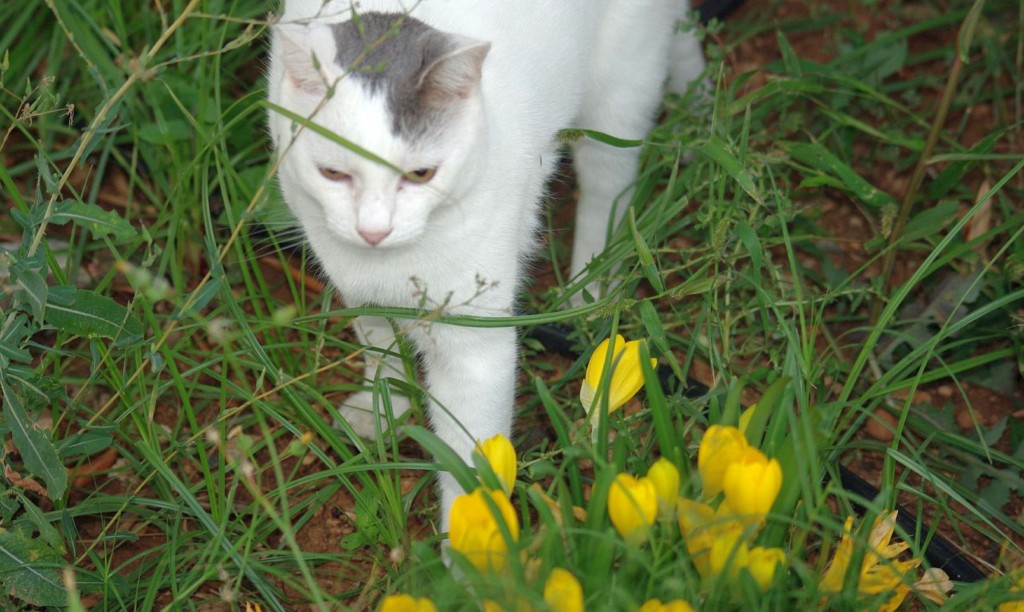
![IMGP4081 [HDTV (1080)] [1024x768]](http://chasingcentaurs.com/wp-content/uploads/2014/10/IMGP4081-HDTV-1080-1024x768.jpg)
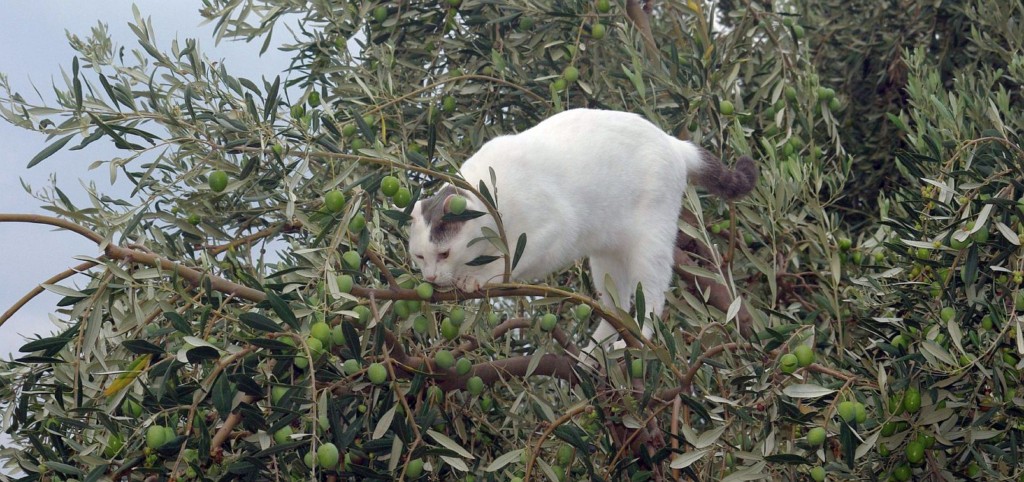
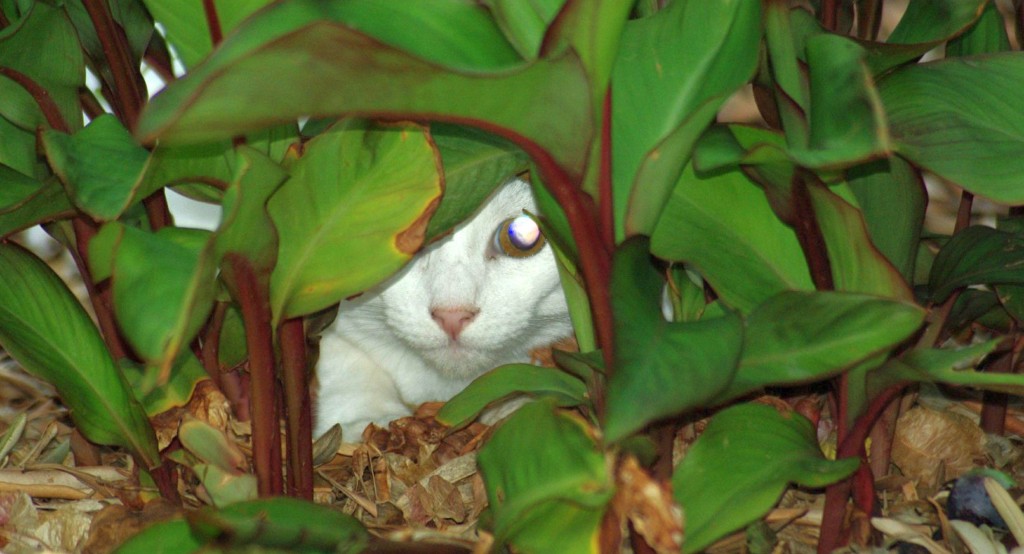
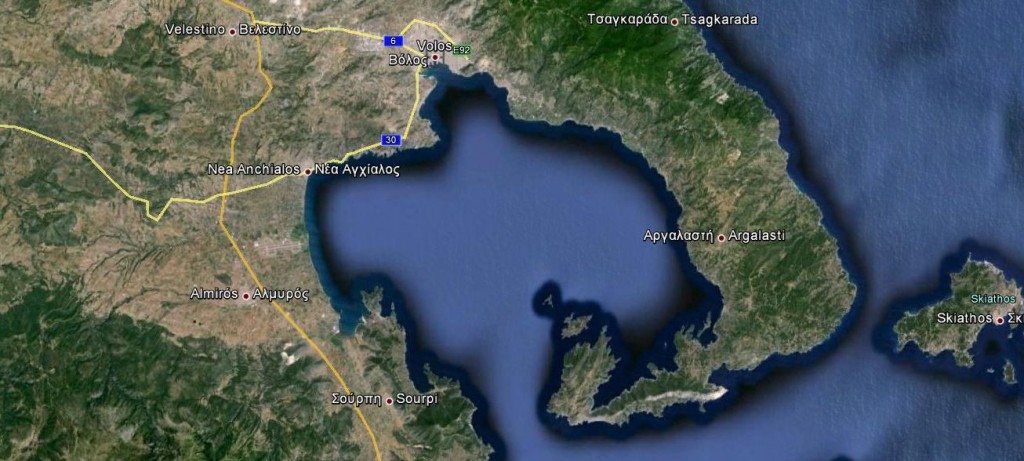
![P1120107 [HDTV (1080)]A](http://chasingcentaurs.com/wp-content/uploads/2014/09/P1120107-HDTV-1080A-1024x503.jpg)
![P1080106 [HDTV (1080)]A](http://chasingcentaurs.com/wp-content/uploads/2014/09/P1080106-HDTV-1080A-1024x468.jpg)
![P1030945 [HDTV (1080)] [HDTV (720)]A](http://chasingcentaurs.com/wp-content/uploads/2014/09/P1030945-HDTV-1080-HDTV-720A.jpg)
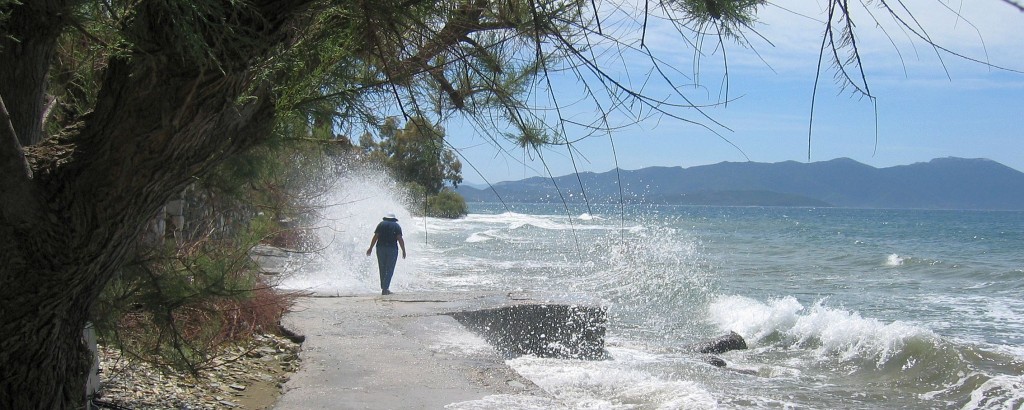
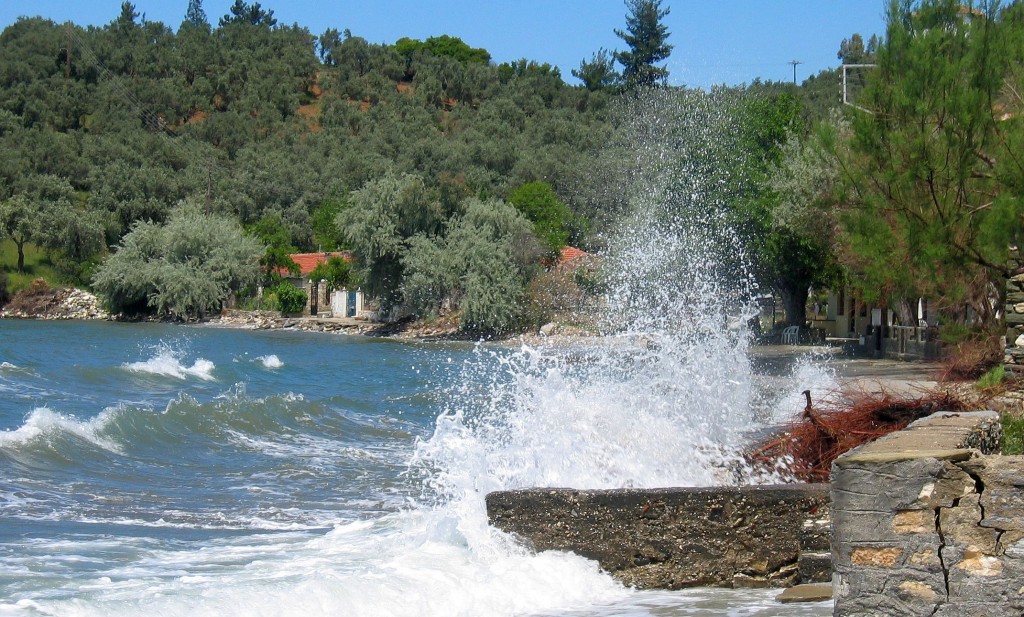
![P1030577 [HDTV (720)]A](http://chasingcentaurs.com/wp-content/uploads/2014/09/P1030577-HDTV-720A.jpg)
![P1020903 [HDTV (720)]A](http://chasingcentaurs.com/wp-content/uploads/2014/09/P1020903-HDTV-720A.jpg)
![P1020810 [HDTV (720)]A](http://chasingcentaurs.com/wp-content/uploads/2014/09/P1020810-HDTV-720A-1024x438.jpg)
![IMG_9077 [HDTV (720)]A](http://chasingcentaurs.com/wp-content/uploads/2014/09/IMG_9077-HDTV-720A.jpg)
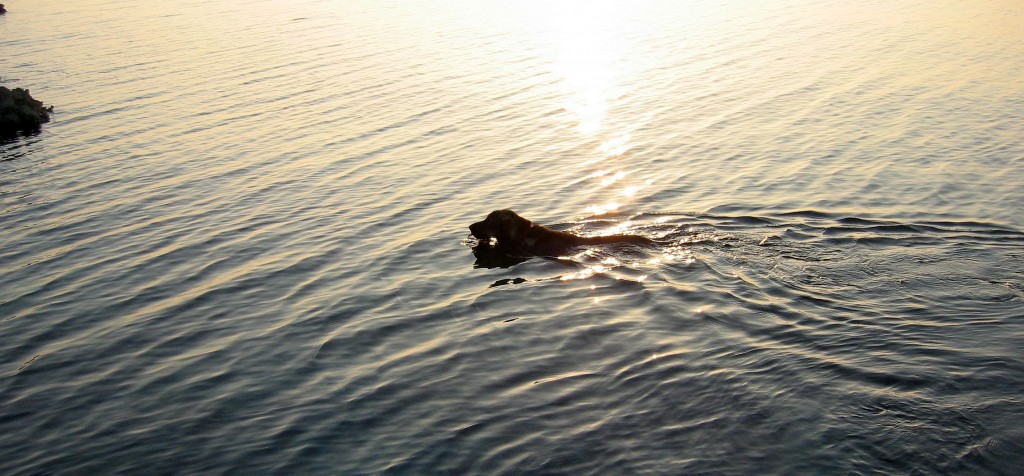
![P1220933 [1024x768]A](http://chasingcentaurs.com/wp-content/uploads/2014/09/P1220933-1024x768A.jpg)
![P1220931 [1024x768]A](http://chasingcentaurs.com/wp-content/uploads/2014/09/P1220931-1024x768A.jpg)
![P1220949 [1024x768]A](http://chasingcentaurs.com/wp-content/uploads/2014/09/P1220949-1024x768A.jpg)
![P1220943 [1024x768]A](http://chasingcentaurs.com/wp-content/uploads/2014/09/P1220943-1024x768A.jpg)
![P1110973 [HDTV (1080)]A](http://chasingcentaurs.com/wp-content/uploads/2014/09/P1110973-HDTV-1080A-1024x762.jpg)
![IMG_2241 [HDTV (720)]A](http://chasingcentaurs.com/wp-content/uploads/2014/09/IMG_2241-HDTV-720A.jpg)